toyota venza Full OverviewWhen we took delivery of our long-term 2021 Toyota Venza, we asked ourselves if luxury could be mainstream. With its upscale exterior design and polished interior, the Venza could easily be confused for a Lexus, but its attractive price says otherwise. After 12 months with us, the Venza delivered comfort and luxury in a compelling and affordable package.As a midsize two-row SUV, the Venza sits between the RAV4 and Highlander in Toyota's SUV lineup, but as a hybrid-only SUV, it plays a different game in its segment. Some of the competition includes the Hyundai Santa Fe, Kia Sorento, Volkswagen Atlas, Chevrolet Blazer, and Honda Passport, with every player tackling the segment in its own way. Whereas Toyota took the upscale hybrid approach, Kia and Honda opted for the rugged way, Chevy went a sportier direction, and Hyundai and VW went down a more mainstream path.At MotorTrend we make every attempt to live with these vehicles like you would so we can identify the things you need to know but might not uncover on a test drive. Our hybrid SUV served as the carriage for the newly expanded Loh family during an important visit to Sacramento, and it took us deep into Texas when we visited Big Bend National Park and Marfa on the way back to Los Angeles.We chose the XLE model, sandwiched between the LE and Limited in the Venza lineup, because it offers the most bang for your buck. With the SofTex package—a $510 option—we got heated and ventilated faux leather seats, which proved comfortable. The vegan leather was designed to hold less heat over traditional leather, something we appreciated during the hot summer days. The $2,050 Premium Audio package upgraded the 8.0-inch touchscreen to a 12.3-inch display with capacitive controls, navigation, and a nine-speaker JBL audio system. Although the big screen was a nice upgrade, the touch controls for the HVAC and screen were harder to operate over the traditional physical buttons; they were very sensitive, and we missed having knobs for the volume and radio tuning. All in, our Venza checked out at $39,735, a great deal considering its magnificent equipment.Although the Venza aced at its primary job, it wasn't perfect. Its hybrid powertrain—a 2.5-liter l-4 with three electric motors for a combined 219 hp—felt stressed at medium throttle input, loudly roaring when accelerating from a stop or when passing on the freeway. Its traction control system was also touchy—when going over a bump, rough pavement, or a steel plate and applying the brakes, the system would briefly cut power and lock the wheels. This didn't happen often, but I noticed it multiple times throughout the year.We also complained about its interior space and poor packaging given its size. The Venza is longer than the RAV4, yet it has less passenger and cargo space than its smaller sibling. Its cargo floor is too high, and its swoopy roofline and overall shape limit cargo space.Visiting the dealer was easy. Thanks to the Toyota Connected Services app, we were reminded when it was time to go in for service, and booking an appointment through the app was a breeze. Toyota's maintenance plan covers normal factory scheduled services for the first two years or 25,000 miles, so customers don't have to pay a penny. (We did have to, however, because our Venza was part of a fleet; we spent less than $200 over four visits.)Compared to other long-term two-row midsize SUVs, the Venza was inexpensive to maintain. Our 2015 Nissan Murano SL AWD cost $589.76 over the 12-month period it stayed with us. That's more expensive than the Venza or the $77.90 we paid for our 2018 Dodge Durango V-8 long-termer. Although we like the two-year complimentary maintenance, we'd prefer to visit the dealer less often; the Venza has scheduled services every 5,000 miles. We never had to visit the dealer outside of the maintenance schedule, though. We avoided any chips on the windshield, flat tires, or other unexpected surprises throughout the year.The few gas stops we made didn't go unnoticed. The Venza delivers 40/37/39 mpg city/highway/combined per the EPA—pretty good numbers for an SUV this size. We didn't quite hit those numbers on our average, but we weren't far off (35.1 mpg). Still, we saved money at the pump, which we appreciated as gas prices skyrocketed toward the end of 2021.Overall, our 2021 Toyota Venza long-termer delivered exactly what we expected it to. It's not necessarily a fun SUV to drive, and it isn't perfect, but it does a lot of things well. It's comfortable, it's full of upscale touches, and it comes at a great value—and plenty of people will be happy about that. Although its technology isn't top notch, it has enough to simplify some of your day-to-day commuting needs. And with incredible reliability and a Top Safety Pick rating from the IIHS, the Venza is quite an attractive package.Looks good! More details?POWERTRAIN/CHASSIS 2021 Toyota Venza XLE Hybrid DRIVETRAIN LAYOUT Front-engine, AWD ENGINE TYPE I-4, alum block/head, plus front/rear permanent magnet electric motors VALVETRAIN DOHC, 4 valves/cyl DISPLACEMENT 151.8 cu in/2,487 cc COMPRESSION RATIO 14.0:1 POWER (SAE NET) 176 hp @ 5,700 rpm (gas), 118/54 hp (f/r elec); 219 hp (comb) TORQUE (SAE NET) 163 lb-ft @ 5,200 rpm (gas), 149/89 lb-ft (f/r elec) REDLINE NA rpm WEIGHT TO POWER 17.4 lb/hp TRANSMISSION Cont variable auto AXLE/FINAL-DRIVE RATIO NA SUSPENSION, FRONT; REAR Struts, coil springs, anti-roll bar; multilink, coil springs, anti-roll bar STEERING RATIO 14.4:1 TURNS LOCK-TO-LOCK 2.6 BRAKES, F; R 12.0-in vented disc; 11.0-in disc, ABS WHEELS 7.0 x 19-in cast aluminum TIRES 225/55R19 99V Bridgestone Ecopia H/L 422 Plus (M+S) DIMENSIONS WHEELBASE 105.9 in TRACK, F/R 63.3/64.5 in LENGTH x WIDTH x HEIGHT 186.6 x 73.0 x 65.9 in GROUND CLEARANCE 7.8 in APPRCH/DEPART ANGLE 18.0/22.0 deg TURNING CIRCLE 37.4 ft CURB WEIGHT 3,818 lb WEIGHT DIST, F/R 56/44% TOWING CAPACITY Not recommended SEATING CAPACITY 5 HEADROOM, F/R 38.6/39.0 in LEGROOM, F/R 40.9/37.8 in SHOULDER ROOM, F/R 57.4/56.9 in CARGO VOLUME 55.1/28.8 cu ft TEST DATA ACCELERATION TO MPH 0-30 2.4 sec 0-40 3.6 0-50 5.2 0-60 7.1 0-70 9.3 0-80 12.0 0-90 15.2 0-100 — PASSING, 45-65 MPH 3.8 QUARTER MILE 15.4 sec @ 90.4 mph BRAKING, 60-0 MPH 122 ft LATERAL ACCELERATION 0.82 g (avg) MT FIGURE EIGHT 27.3 sec @ 0.63 g (avg) TOP-GEAR REVS @ 60 MPH NA rpm CONSUMER INFO BASE PRICE $37,175 PRICE AS TESTED $39,735 STABILITY/TRACTION CONTROL Yes/Yes AIRBAGS 8: Dual front, front side, f/r curtain, driver knee, passenger thigh BASIC WARRANTY 3 yrs/36,000 miles POWERTRAIN WARRANTY 5 yrs/60,000 miles, 10 yrs/150,000 mi (battery), 8 yrs/100,000 mi (hybrid sys) ROADSIDE ASSISTANCE 2 yrs/25,000 miles FUEL CAPACITY 14.5 gal + 0.93 kWh battery EPA CITY/HWY/COMB ECON 40/37/39 mpg RECOMMENDED FUEL Unleaded regular Our Car SERVICE LIFE 12 mo / 19,583 mi BASE PRICE $37,175 OPTIONS Premium Audio with Dynamic Navigation and JBL ($2,050: 12.3-in touchscreen, HD radio, 9 speakers including subwoofer, amplifier, 1 USB and 1 aux media ports, 3 additional USB charge ports, hands-free phone capability and Android Auto, Apple CarPlay, and Amazon Alexa compatible, SiriusXM with 3-month trial, SofTex Package ($510: Perforated seats, heated and ventilated front seats, eight-way power-adjustable driver's seat with memory and power lumbar support, four-way power-adjustable passenger's seat, heated leather-trimmed power tilt/telescopic steering wheel PRICE AS TESTED $39,735 AVG ECON 35.1 mpg PROBLEM AREAS None MAINTENANCE COST $0 (2- tire rotation, inspection; oil change) NORMAL-WEAR COST $0 3-YEAR RESIDUAL VALUE* $32,600 (82%) RECALLS None *IntelliChoice data; assumes 42,000 miles at the end of 3-years Show All
February Update: The U.S. Postal Service Rejects EPA PleaA statement released by the U.S. Postal Service announced the organization would move ahead as planned with its procurement deal with Oshkosh Defense's In the Postal Service's announcement, Postmaster DeJoy did offer that the current procurement plan does already include 5,000 battery-electric vehicles, and that aspect of the program could be expanded with additional funding provided through internal means or congressional budgeting. However, DeJoy says "the process needs to keep moving forward" with the current plan—which has satisfied all of its strictly legal requirements that do not include the EPA's audited requests. DeJoy previously claimed additional BEV procurement would require up to $4 billion in additional funding.The nature of the deal with Oshkosh Defense also allows the Postal Service to shift its procurement powertrains as orders are delivered, not placed, so if funding for the more expensive BEV next-gen delivery vehicle is approved by the U.S. Congress in the future, then the Postal Service can update the order to fulfill more BEVs. From the statement: "The NGDV contract is an indefinite delivery, indefinite quantity (IDIQ) contract, meaning the Postal Service will have the ongoing ability to order more NGDVs over a fixed period of time, in this case 10 years."Mark Guilfoil, Vice President for Supply Management at the U.S. Postal Service said, "We thank the federal agencies, including the EPA, for their input. [...] After thorough review and study we determined that EPA's request for a supplemental EIS and public hearing would not add value to the Postal Service's already year-long review. It is also important to note that a supplemental EIS and public hearing are not legally required."It's important to highlight the true value of these new vehicles for the Postal Service, despite their many efficiency shortcomings, which is how much more comfortable they're meant to be for workers. From the Postal Service: "The search for replacement vehicles for the Postal Service's delivery fleet, which started in 2015, resulted in the purpose-built NGDVs that will deliver air conditioning and heating, improved ergonomics, and some of the most advanced vehicle and safety technology — including 360-degree cameras, advanced braking and traction control, air bags, a front-and rear-collision avoidance system that includes visual, audio warning, and automatic braking." This story was originally published February 3, 2022, and has since been updated to reflect developments in the USPS' purchasing of new trucks. The rest of the original article continues below. How Bad Is the New Mail Truck?Why Is the EPA Arguing Against the New Trucks?A Measured Warning
What are you looking at? If you are thinking this is a '51 Ford Custom dragged from a barn, you are wrong. If you are now thinking this is a fake patina car that looks like a '51 Ford Custom … also wrong. This car is the creation of John Moss, an industrial artist from Huntington Beach, California. He is deep into surf-town culture and outlaw choppers, best known locally for creating high-end spaces and architectural structures with raw and rustic finishes though Brass Junkie, his business located on the industrial side of town. He is also known to show up at the legendary Donut Derelicts in a thrown-together jalopy that steals the show.Great art is created by a convergence of circumstances that motivate the artist. A stock car with good lines combined with years of suffering over images creates something with more feeling than schlock thrown together to sell or impress the rabble. The best description of why this car exists is a movement called wabi-sabi, an ancient Japanese philosophy that explains why John Moss, and an entire generation of car guys, love old cars.What Is Wabi-Sabi?Travel back with us to Japan in the 16th century, when philosophers discovered an aesthetic that represents the temporary nature of existence and gave it a name. Wabi-sabi is about decay, but not in the rotting vegetable sense; rather it's the way that an old car's seat feels, or the way good furniture's hardwood looks against the leather it's wrapped in. It also implies a direct connection to quality. If you are seeing something in your mind's eye, you got it.1951 Ford Custom Deluxe Found in the DesertAll this struck Moss without his knowing. "I find beauty in the imperfection," says Moss. "I have a minimalist appreciation for what you already have; rust, deterioration, and objects in nature. I only recently discovered the wabi-sabi concept." Another quirk of character is his inexorable draw toward lowbrow custom vehicles. All of this came together when he found this 1951 Ford Custom Deluxe in the desert while looking for something else. Sand and grease had preserved it since Grandma parked it in 1970. He dragged it to his shop and took it apart.The flathead was seized, so Moss swapped it for something more practical. He rooted around for a '65 Mustang rearend to replace the original, lowered it with Jamco and Shoebox Central parts, and left the rest of the mechanical bits as they were.Inside, he sewed up some black upholstery with a diamond pattern, hooked up some rudimentary gauges, and added his signature brass accouterments. The Ford has A/C, and the windows roll up, and there is a newish shifter so it drives. Otherwise, the interior represents a "basic cruiser with a lot of character."Chopped Four Inches With Watson FlamesThe real story is the body. If you look long enough, you will notice that the roof is chopped. Moss has a friend from Maryland that helped with "four in the back and three in the front," while adding a nice slant to the windshield. The floors were gone, so he used 16-gauge steel for repairs and bent a new transmission tunnel over his knee. Note that the rear flip-out side windows still work, and everything looks like it should. They even chopped the stainless trim and frames.Finally, Moss cleaned up the major dents and laid down a base black with Watson-inspired "seaweed" flames. He has another name, cribbed from '60s chopper culture, that we can't say here. "The body wasn't going to be straight and new paint with ripples is the worst look ever," he says. "I grabbed a grinder and ground down the fender." It was the beginning of the same process he uses to create authentic-looking metal and woodwork for a stylized appearance. You are not going to see this car at the Grand National Roadster Show. You are going to see it on the street where it belongs. The '51 Ford is art designed to challenge you, exercise a compulsion, and at the same time makes you think about lead sleds and bombs and how perfectly this look fits this car.Moss added a '53-ish Buick grille and '50 tail lights, and pulled the chrome side trim. He stepped back, and it was complete."Like I said, what you see is what you get. It is functional." And perfect.Watch: Check out this 1950 Ford Custom Coupe
The first car the Morgan Motor Company built 113 years ago was a three-wheeler; two wheels up front for steering and stability, and a single drive wheel at the rear. In fact, until 1936 Morgan built nothing but three-wheelers. Over a century later, the all-new 2023 Morgan three-wheeler might be the most important yet.Morgan ended three-wheeler production in 1952 as more affluent post-war customers switched to its four-wheeled sports cars. But the concept was revived in 2012 with the retro-styled 3 Wheeler, which was powered by an air-cooled, American-made S&S V-twin motorcycle engine mounted across the front end—just like the Morgan three-wheelers built until 1939.That car is now being replaced by an all-new three-wheeler that is arguably the single most important new Morgan in history. Unlike the 3 Wheeler, the all-new Morgan Super 3 has been designed from its three wheels up to meet global crash and emissions standards. And the U.S. is one of the car's key target markets.Old School Meets New SchoolPark your preconceptions: The Super 3 is not a Polaris Slingshot with a posh accent and debonair duds. Far from it. The Super 3 aims to capture the fun and free-wheeling spirit of the original Morgan Three Wheelers, light and sporty cars that frequently punched above their weight in motorsport events in the 1920s and '30s. It looks old school. But the clever and innovative engineering underneath is state-of-the-art.The Morgan Super 3 is powered by a naturally aspirated version of Ford's light and compact 1.5-liter, three-cylinder "Dragon" engine, used in turbocharged form in the Ford Bronco Sport, as well as the European-spec Ford Focus and Fiesta hatchbacks. The decision to switch to a car engine was driven by the fact that the previous car's S&S V-twin would struggle to meet future emission standards, and other similar motorcycle engines all had integrated sequential-shift transmissions. Still, there's history here: The F-Series Morgan Three-Wheeler built between 1933 and 1952 was powered by Ford side-valve engines.In the Super 3 the Ford Dragon engine, which drives the single rear wheel through a Mazda MX-5 sourced five-speed manual transmission connected to a bevel box and carbon-fiber reinforced drive belt, makes 118 horsepower at 6,500 rpm and 110 lb-ft of torque at 4,500 rpm. That doesn't sound like much. But as the Super 3 is expected to weigh not much more than 1,400 pounds, Morgan says that's enough grunt to shoot it to 60 mph in less than 7.0 seconds on to a top speed of 130 mph. And with no roof, no doors, optional aero screens, and the road rushing past just under your elbows, that's going to feel very fast.Monocoque Makes Its Morgan DebutThe core of the Super 3 chassis is a super-formed aluminum monocoque, making it the first monocoque Morgan in history. Bolted to the front of it is a large cast aluminum structure that cradles the engine and provides all the pickup points for the multi-link front suspension. The floorplan is a non-structural aluminum piece that's been designed to accommodate future powertrain upgrades, including full electric drive. The single rear wheel is located by a twin beam swingarm with coil-over shocks on either side, and the beetle-backed bodywork enveloping it is more super-formed aluminum.Though modern in its detailing and execution, the Super 3's layout is pure vintage Morgan. Ensuring the engine and cooling system sat no further forward than the front axle centerline while providing enough legroom for occupants drove the entire design.The vertical cast aluminum element at the center of the mesh grille is not for decoration: It connects to the top mount of the Dragon engine. "There's nothing on this car that doesn't need to be there," says Morgan design chief Jonathan Wells. The cast aluminum piece at the rear of the bodywork, for example, not only ties the body structure together, but also provides the hinge for the rear wheel cover, the lower mounting point for the optional CNC-machined luggage rack, a license plate mount, and the location for the fog and reversing lights.The desire to keep the Super 3 as compact as possible—though it measures 72.4 inches across the front wheels, it's only 141.0-inches long overall, just 4.0-inches longer than the 3 Wheeler—meant locating the cooling radiators on either side of the engine. That, in turn, required placing large, rectangular "barge boards" along the side of the car to manage the air flow through them.At first glance they are perhaps the most controversial elements of the design, but Morgan has embraced their presence. A patented clip system—Morgan's first ever patent—allows specially designed hard cases, waterproofed soft bags, or racks to be attached to the side of the car. The clips and the hardware that attaches to them can carry as much as 44 pounds.Clever Design AboundsThe Super 3 has no roof. But the interior has been designed to cope with the elements. The seats can be trimmed in water-resistant leather, or a new vegan technical fabric that is 100 percent waterproof and can be cleaned with bleach. The digital instruments, located in cast aluminum pods at the center of the dash, and all the switchgear are not just waterproof, but will withstand a quick blast from a jetwash.The seats are fixed, both to reduce weight and complexity, but also to ensure the mass of the occupants remains in the same place in the chassis, critical in a three-wheeler. The steering column is reach and rake adjustable, and the floor-hinged pedals can be moved fore-and-aft to accommodate drivers of different sizes, however. The steering wheel is by Moto-Lita, the boutique British manufacturer that supplied everyone from Aston Martin and Austin Healey to Carroll Shelby and Saab in the 1960s and '70s and is still doing business today.The closer you look at the Super 3, the cleverer it is. The two round headlights and horseshoe cowl are vintage Morgan design cues; the cowl's radius is the same as on Morgan's four-wheeled models. But the air intakes at its trailing edge are functional, feeding air into the engine intake. The small structures protruding from each headlight—nicknamed "snail's eyes" by Wells' team—enable the lights to meet global standards for height and side visibility while retaining their vintage-era location low and close to the front axle centerline.The front wheels are flush-face 20-inch alloys shod with 130/90 Avon Speedmaster tires specially developed for the Super 3 by the British specialist tiremaker. Though vintage in appearance right down to the tread pattern, they are radials with a modern rubber compound and are speed rated to 130 mph. The single rear wheel is a 15-inch steel car rim, shod with a 195/65 winter tire to deliver slightly more initial compliance on turn in, and less overall grip to reduce understeer.How Much Is the Custom Built Super 3?As you'd expect of a Morgan, the hand-built Super 3 will be highly customizable, with more than 200 available options. To make life easier for buyers, the company will offer three "character" themes at launch: Contemporary, which combines brighter exterior colors with the dark finish on the wheels and other cast aluminum parts, plus the textile interior; Classic, which has silver wheels and aluminum bits and leather trim in the cockpit; and Touring, which comes with the aero screens, rear luggage rack. and side panniers.Super 3 production is scheduled to start at Morgan's factory on Pickersleigh Road in Malvern, England, in April, and will ramp up to a maximum of 15 cars per week within four to six weeks. The first cars will arrive in the U.S. in the third quarter of this year, priced at about $70,000 to start.
People blow up expensive cars with surprising frequency, for various reasons. Some are mad that the car exhibits problems, while others just blow up fancy rides to dunk on haters, exhibit wealth, or for no good reason. One artist who goes by the name "Shl0ms" just blew up a Lamborghini Huracan, and is now selling highly detailed videos of 888 of the supercar's remains as individual NFTs via auction. Pricing starts at 0.01 Ether, or roughly $26 apiece, per Fortune.Another 111 so-called "$CAR" NFTs exist, for a total of 999, but they're being held for the team behind the elaborately choreographed explosion, as well as the investor behind the whole project.At first blush, the whole thing feels like a cunning, slickly marketed missile aimed at the intersection of crypto, NFTs, and a host of other recently gold-rush-generating buzzwords. Maybe that's because many of us are conditioned to think of NFTs and crypto as some kind of bad-faith gold rush.The Exploding Lamborghini VideoA visit to Shl0m's Twitter account is a seeming immersion into the sort of pump-'n-dump hype machine you'd expect to find behind many other cryptocurrency or NFT opportunities of the moment.Though, a closer look a Shl0ms reveals that atmosphere comes from other Twitter users excitedly sharing news coverage of the Lamborghini explosion and feverishly pinning that exposure to perceived increases in the (yet-to-be-released) NFTs' value.We know you're probably here for the Lamborghini explosion, so here's that:When reached for comment via their website, the faceless artist insists it isn't a protest against crypto, as other outlets have reported, but rather a critique of short-term greed and hopefully an example of how digital currencies can be used for more than just "zero-sum wealth extraction."Still, Lamborghini the automaker did just partner with an artist to sell off five NFTs of a graphically-exploded Lamborghini being shot into space, so it does seem like this could be mocking that a little bit.NFT Auction Proceeds Will Fund More ArtMost of the proceeds of the sales, we're told, will fund future public art installations. Shl0ms views NFTs for their original purpose—minting a digital entity's singularity on the blockchain as proof of its originality—and wants to use the digital artwork's intersection with currency as a way to funnel value toward good. Therefore it makes sense, to some degree, that just as demolishing his Huracan is performative, the air of publicity from others feels like a performance in itself.If it leaves some observers with a scammy crypto scheme taste in their mouth, know that Shl0ms doesn't want you to think of their project that way, and hopes the buyers of the NFTs are looking to appreciate the creation and the future art it funds, rather than simply accruing value. It's not supposed to be taking advantage of anyone in particular, but rather of the broader financial movement of the moment to raise funds for further art projects.Blowing Up The CarThat blow-up was more complex than you'd imagine, with the artist mentioning how carefully charges needed to be placed to avoid obliterating the Huracan too much. We doubt, based on the video evidence above, that the Lambo was left in exactly 999 pieces post-'splosion, but hey, 999 feels like a nice, cool number, doesn't it?In all, Shl0ms and company spent about two weeks testing explosives and even blowing up another (presumably less interesting) car before turning their hired explosives expert (said to be "federally licensed") on the used Lamborghini. If you're salty about the lost car, Shl0ms says it was purchased for about a quarter of a million dollars and apparently had lots of miles on its odometer.Following the big boom, the artist collected the 999 pieces and took detailed, closeup, rotating 4K videos of each one. Those are what are being sold off as NFTs, or non-fungible tokens, inimitable digital properties on the blockchain. Again, the proceeds of the NFT auction taking place February 25 will go to funding artistic installations.
Ever since the current-generation Ford Ranger landed on these shores—finally—a few years back, we've been looking abroad with some envy at the Ranger Raptor offered globally with swollen fenders, big ground clearance, and a twin-turbocharged Diesel engine with a stinking 369 lb-ft of torque. Anyone holding out hope for that particular Ranger Raptor, we're sorry—it's not coming, and it never will. But there's great news for you: the next one is. The 2023 Ford Ranger Raptor isn't only better than that old truck, it's also coming to America. And wait until you get a load of its specs.For one, that 2.0-liter turbocharged I-4 diesel is gone, and in its place is a 3.0-liter, twin-turbo V-6 worked over by Ford Performance and producing 284 horsepower and 362 lb-ft of twist. That's down a few lb-ft, but ups whopping 74 horsepower over the old truck. This performance engine features an anti-lag system similar to what is fitted to the Euro-market Focus ST. Power is channeled through Ford's familiar 10-speed automatic and a full-time four-wheel-drive system that features a two-speed transfer case. The off-road hardware is impressive. Requisite front and rear diff lockers are present, and there is a full complement of selectable terrain modes, including Baja mode for high-speed desert rips. Speaking of, the chassis has been reinforced in all the expected ways to cope with the severe stresses on the suspension of, say, hitting a medium-sized rock at 60 mph on the playa. That means that the suspension mounts are all beefed up, and some parts of the frame around the bed and spare tire well. You can see all the reinforcements in the image below, and they're not dissimilar from those in the 2022 Ford Bronco Raptor, which utilizes a similar frame.The suspension itself consists of beefy aluminum control arms up front, and a live axle with a Watt's linkage out back. Ford returned to Fox to swipe 2.5-inch Live Valve internal bypass shock absorbers to deal with wheel oscillation punishment. (Interestingly, these units are of a smaller diameter than the 3.1-inch units in the Bronco Raptor.) Ford claims that the Teflon-infused oil inside these revised shocks reduces friction—and performance-robbing heat—by 50 percent. Ford also promises better on-road comfort than the previous model. A Bottom-Out Control feature provides more damping force in the last quarter of the shock's travel, to prevent spine-rearranging slaps on the bump stops. There is some serious armor under this truck. 2.3mm steel plates protect vulnerable points underneath the front of the truck, and also protrude out from the bumper giving the truck a stylish underbite. The radiator, steering, engine sump, and differential are all protected. Most importantly, the new Ranger Raptor manages to keep the handsome, Maverick-influenced look of the "regular" next-gen Ranger intact while adding a serious dose of adrenaline. Remember, the current-gen Ranger wasn't initially designed for the American market—it was adapted after the fact from a global-market truck. And it shows. The new Ranger is a true global product, one designed with the U.S. in mind from the get-go, and we think the new Ranger Raptor shows that there was some serious forethought that went into ensuring it'd appeal to buyers on both sides of the pond—buyers that have very different conceptions of what a pickup should be. The elements you'd expect are all present—big fenders with black arch extensions, a grille with a "FORD" logo you could see from space, hood and fender blisters, and a rugged rear end with tucked up twin-exit exhausts. The loop and side rails on the bed look to us to be more of a Euro-market styling element, but perhaps that will come to us, too.The interior is much more modern than our Ranger, and obviously is very similar to the global Ranger we saw last year, with the expected Raptor touches—bright Code Orange accents, a sporty steering wheel, and bolstered sport seats.This is a good time to mention that you're looking at the ROW version, specifically the U.K. market version. Don't be surprised if there are minor variations in the American-market truck—head- and tail lamps and bumpers are often different in different markets. But it's a very close preview of what we will get, that has been loudly confirmed to the world by Ford—an American-market Ford Ranger Raptor, designed from the ground up with us in mind. That's something worth getting very excited about.
ford escape-plug-in-hybrid Full OverviewBefore hitting the test track, we decided to take our 2021 Ford Escape Titanium Plug-In Hybrid up to a local mountain ski resort town, mostly for the drive back. It's satisfying to watch the hybrid compact SUV's available range increase as the regenerative braking system recovers energy. The phenomenon is enjoyed frequently simply because one is on the brakes quite a lot on a winding road coming down from almost 7,000 feet of elevation.Everything was cool (excuse the pun) until the faint odor of overheating began to waft into the cabin. Our regen system was evidently working overtime, at which point we decided to let the engine and physics do most of the vehicle's slowing. Still, we managed to take the Escape's EV range from nothing to nearly 20 miles (out of 37 max) just by using the brake pedal. Neat.Fuel Economy and RangeOur Escape Titanium PHEV test model is the top trim of a three-model 2021 lineup that also includes less expensive SE and SEL trim levels. Ford also offers a standard, non-plug-in hybrid that makes the choice a little tougher if fuel economy is your main goal.The Escape PHEV returned an admirable EPA-estimated 105 mpg-e combined, which leads a burgeoning small SUV plug-in hybrid segment that includes among others the 2022 Toyota RAV4 Prime AWD (94 mpg-e combined), 2022 Hyundai Tucson PHEV AWD (80 mpg-e combined), and 2022 Subaru Crosstrek Hybrid AWD (90 mpg-e combined). Its mileage not unexpectedly surpasses the combined mpg of the regular Escape Hybrid, too, which came in at 41 mpg for the front-wheel-drive model and 40 mpg for the all-wheel-driver.Total range for the 2021 Escape PHEV is an EPA-rated 520 miles, and as mentioned earlier, all-electric range is 37 miles, which are both strong. But the 2022 RAV4 Prime—with its larger capacity 18.1-kWh battery and significantly bigger 14.5-gallon gas tank—beat that combined range by 80 miles. It also gets 5 more all-electric miles. The Escape's 14.4-kWh battery capacity and 11.2-gallon tank still help it get more total range than the Crosstrek Hybrid, which has the least amount of battery capacity of the foursome (8.8 kWh), and the Tucson PHEV, which has the smallest fuel tank (11.1 gallons).The Escape PHEV weighs at least 100 pounds less than the Toyota or the Hyundai and is only offered in FWD, two additional factors that help its efficiency—and help in other ways, as well. It gets its motivation from a 165-hp 2.5-liter naturally aspirated inline-four working in concert with an 83-hp electric motor to deliver a combined 200 hp.The RAV4 Prime and Crosstrek Hybrid have similar formulas, but the Toyota scales up while the Subie scales down. The RAV4 employs a 177-hp 2.5-liter inline-four and electric motors front and rear for a total of 302 hp and the Crosstrek uses a 137-hp 2.0-liter flat-four and two motors for a sum of 148 hp. The Tucson PHEV offers yet another method, a 180-hp 1.6-liter turbo-four for the front axle and electric motor for the rear developing a combined 261 hp. All except the Hyundai, which is outfitted with a six-speed automatic, are equipped with a CVT.What the Numbers SayBraking is one area where we see the Escape PHEV's mass working in its favor. In spite of a vague-feeling pedal, our test team found stopping power to be consistent, with the Ford SUV coming to a halt from 60 mph in an average of 123 feet, 4 feet shorter than the heavier Toyota. We have yet to receive test results for the Tucson PHEV, but a 2022 Tucson Hybrid AWD Limited we assessed averaged 129 feet.The Escape PHEV's steering was also unexpectedly communicative, especially for a modern hybrid FWD. That's where the Ford's dynamic strengths end, though."Power is just so-so, [and] as the laps added up, the [factory all-season] tires lost all sorts of grip, in both braking and on the skidpad," reports road test editor Chris Walton. Indeed, in our lateral acceleration and figure-eight tests, the 2021 Escape PHEV exhibited less grip than the 2021 RAV4 Prime and 2019 Crosstrek Hybrid, which was the last time we tested the current generation of each. As the plug-in Escape and RAV4 have similar setups and weight splits, suspension tuning and AWD traction likely also played roles.Straight-line quickness is also not the Escape PHEV's forte. It's swifter from 0-60 and through the quarter mile than the smaller, less powerful Crosstrek, but every hybrid is chasing the RAV4 Prime now. The Toyota snaps off 60 mph in 5.5 seconds and runs the quarter in 14.1 seconds at 98.7 mph, in each case more than two ticks quicker than the Escape. Our road test analyst Alan Lau put it succinctly: "[The Escape PHEV] is good off the line—and that's about it relative to the segment."What It's Like to Live WithFew shoppers will look at the 2021 Escape PHEV for driving pleasure. Practicality is the game here, and as the widest among small five-passenger SUVs, the Ford provides the most first-row space. But it's also not as long as the Tucson PHEV, which gives the Hyundai an edge in cargo space and rear passenger room.While the gas 2021 Escape is available in four trim levels, both the PHEV and Hybrid are pared to just three, the SE, SEL, and Titanium. Among the standard kit the range-topping model gets that the others don't are features like adaptive cruise control, a 12.3-inch digital instrument cluster, a 10-speaker audio system, and hands-free power liftgate. Our test vehicle also came in Rapid Red premium exterior paint and with the Premium package, which consists of embroidered floor mats, a head-up display, perforated leather, leather-wrapped steering wheel, panoramic roof, and a wireless charging pad. The 2022 Escape PHEV is a carryover except for three new exterior paint colors: Atlas Blue Metallic, Flight Blue Metallic, and Iced Blue Metallic.Poking around the cabin, we were slightly dismayed at the build quality in some spots. For sure, there is a lot of hard plastic, but that wasn't even the chintziest thing we found. The Escape PHEV's 12-volt battery is in the spare tire well under the cargo area floor and its execution seriously looks like someone did the relocating in their home garage. Furthermore, there's a noticeable gap between the steering column and the cowling beneath that's supposed to hide the wiring harness under the dash but doesn't.We might be picking nits, but if we were springing for the top model of any lineup, those are things that would give us pause. Fortunately, there wasn't much else beyond those details. The seats were comfortable, and the ride was smooth. The only way we could tell the powertrain was switching between gas and electric was by listening for the internal combustion engine's muffled hum. Otherwise, there was no sensation to tip us off.Driver controls were laid out sensibly, and the Escape PHEV's infotainment system was easy to figure out. Its automatic high-beam headlights were excellent on unlit mountain passes, and generally its driver-assist technology was unobtrusive and useful. In back, we appreciated how easy it was to fold the second-row seats and how they were nearly flat with the cargo area floor when folded.Before we handed the Escape PHEV's keys to our test team, we also went through the process of charging it up to see what that was like. It offers both Level 1 110-volt charging from a standard house outlet and Level 2 240-volt charging, which works with a high-output outlet like ones used for larger household appliances. We found a Level 2 public charger nearby, and after leaving the Escape plugged in for a tad over three hours, we got back 32 miles out of 37 in EV range.Had we left it plugged in for the full 3.5 hours we likely would've gotten a full charge. For comparison, Toyota claims its RAV4 Prime can charge in as quick as 2.5 hours on a Level 2, while both Hyundai and Subaru say the Tucson PHEV and Crosstrek Hybrid, respectively, can get a full charge on a Level 2 in about two hours.PricingThe base model 2021 Escape PHEV SE stickers for $34,320 and the Escape PHEV Titanium starts off at $40,130. When we added the $395 premium paint and $2,500 Premium package, that figure rose to $43,025.With the cost of the add-ons on our tester, the Escape PHEV still comes in under the range-topping 2022 RAV4 Prime XSE, which retails for $44,340, and the 2022 Tucson PHEV Limited, which retails for $43,775. At $36,770, the smaller 2022 Crosstrek Hybrid, which is offered in just one trim, undercuts them all except the base Escape PHEV SE, which is thousands less.VerdictThat trip up and down the mountain highlighted the plug-in Escape's strengths like its chassis' spryness and smooth ride (provided you don't push it too hard), its passenger space, and of course the strong fuel economy that a hybrid can return. Less impressive were its quickness past the launch, limited cargo space, and ubiquitous interior plastics.At its best, the Escape PHEV is the smart choice. You're saving money both on the front end and over time. It gives you everything you need, and on the range-topping Titanium considerably more. And as strange as this sounds, it's available all over the country (unlike the Subaru Crosstrek Hybrid, which is sold for dealer stock only in California at this time).But while the 2021 Escape Titanium PHEV is good in the areas that count, there is little to no premium-ness to this top trim. Even its jellybean shape is uninspiring and could use some harder edges. It's almost unfair that something as dynamically superior as the RAV4 Prime is in the same segment.That said, we don't think track testing results will make a ton of difference to most hybrid compact SUV shoppers. We do think a good deal will. And at the end of the day, if you're here to party in your small crossover, you better be ready to pay for it.Looks good! More details?2021 Ford Escape (FWD Titanium PHEV) SPECIFICATIONS BASE PRICE $40,130 PRICE AS TESTED $43,025 VEHICLE LAYOUT Front-engine, FWD, 5-pass, 4-door SUV ENGINE 2.5L port-injected Atkinson cycle DOHC 16-valve I-4, plus permanent-magnet elec motor POWER (SAE NET) 165 hp @ 6,250 rpm (gas), 83 hp (elec); 200 hp (comb) TORQUE (SAE NET) 155 lb-ft @ 4,500 rpm (gas) TRANSMISSION Cont variable auto CURB WEIGHT (F/R DIST) 3,974 lb (58/42%) WHEELBASE 106.7 in LENGTH x WIDTH x HEIGHT 180.5 x 74.1 x 68.6 in 0-60 MPH 7.7 sec QUARTER MILE 16.0 sec @ 91.6 mph BRAKING, 60-0 MPH 123 ft LATERAL ACCELERATION 0.79 g (avg) MT FIGURE EIGHT 27.7 sec @ 0.60 g (avg) EPA CITY/HWY/COMB FUEL ECON 29/36/32 mpg (gas) 117/93/105* mpg-e EPA RANGE, COMB 520* mi ON SALE Now *EPA blended-PHEV (charge-depleting) mode testing, with vehicles set to their default drive and brake-regeneration modes. Show All
Honda is having itself a busy year. Fresh off the launch of the new Civic sedan and hatchback, it is about to introduce a new HR-V small SUV, a new CR-V crossover, and this—a new-generation Accord midsize sedan. Just as the CR-V is a juggernaut among compact SUVs, duking it out with the likes of Toyota's RAV4 for sales, the Honda Accord is a mainstay in the shrinking yet still popular midsize sedan space. Even the relatively old 2022 model, which was introduced back in 2017 and is about to be replaced by this new 2023 Honda Accord, remains at the top of its class in our Ultimate Car Rankings. It is an achingly competent and satisfying car to own, delivering confident handling, a refined ride, punchy powertrains, and sleek looks inside and out.What's New, New Accord?So, what does changes are in store for the 2023 Accord? If we use the smaller Civic as a template, we can expect Honda to subtly hone everything that's made the outgoing Accord so great. Literally, just as the newest Civic is based on the previous model, the new Accord will be spun off the current one. That doesn't preclude Honda from heavily restyling the Accord, however—again, look no further than the 2022 Civic, which looks nothing like its predecessor despite using the same platform. But we also think given that Honda refashioned the Civic in the Accord's image, that it likes that image and won't change it too much for 2023. To give you an idea of what the next Accord might look like, we've provided the illustrations here.Unlike the Civic, which matured from a wild vented, slatted, and creased visage to a cleaner, simpler design that looks vastly more upscale, the Accord already wears a clean, simple design that looks subtly upscale. That means the new model will probably adopt a few details from the Civic, namely its more horizontal shoulder line, squared-off front end, and thinner headlights. The outgoing Accord's various curves, arcs, and C-shaped taillights—all holdovers from previous-gen Honda design—will be straightened out, removed entirely, or, in the case of the taillights, slimmed down and simplified.Though we haven't rendered the 2023 Accord's interior, again, look for more Civic inspiration to trickle up. The Civic's classy full-width dashboard air vent motif, with a mesh treatment blending the actual air vents into a glamorous strip stretching from door-to-door, is almost guaranteed. Ditto the Civic's more squared-off switchgear, door handles, steering wheel hub, and more. Again, where the old Accord's door panels and dashboard styling features arcs and swoops, the new one will be predominantly rectilinear.A touchscreen will again float above the dashboard, but look for the current Accord's standard split-gauge cluster (half digital, half analog) to give way to a fully digital cluster across the lineup. The roominess of today's model will carry over to the new one, with perhaps a touch more trunk space carved out of the squarer tail.Same Platform, Same Engines?Today's Accord is relatively lightweight and has a well-sorted suspension that delivers sharp handling, satisfying control feel, and a good ride. Look for minor tweaks here, though the Accord's curb weight likely will increase slightly (as did the Civic's), as we anticipate Honda will add sound deadening and more features in a bid to quiet the sedan's wind and road noise while upping the luxe factor.Look for the Accord's trio of powertrains to live on for 2023, albeit with small reworkings for improved fuel economy and power delivery. That means entry-level Accords will retain their turbocharged 1.5-liter I-4 engines and continuously variable automatic transmissions (CVTs), while up-level versions will offer a more powerful turbo 2.0-liter I-4 and a 10-speed traditional automatic. Finally, the Accord Hybrid and its 2.0-liter I-4 and electric motor combo will return, likely with changes geared toward improving its fuel economy further. Front-wheel drive probably will remain the Accord's lone option; many competitors, the Toyota Camry included, have begun offering optional all-wheel drive in recent years.Will It Be Enough?One question to keep front of mind as the 2023 Honda Accord comes into full view later this year is whether it stays relatively low-key or goes somewhat wild. Many automakers have cut bait and left the midsize segment entirely (as Ford has with its Fusion, and Chevy seems apt to do with its Malibu), and those sedans that remain have grown sexier (i.e. Hyundai Sonata), more athletic (i.e. Mazda6 Turbo), and generally more upscale in a bid to stand out to buyers. Gone are the days of "boring" midsize sedans playing the role of family sedans without appeal; automakers now see sedan shoppers looking for a more extroverted experience. Hey, if you're going to give up the practicality of a boxy crossover or a pickup, why not lean into windswept styling that cuts into rear-seat headroom and trunk space and sportier dynamics you can't get in a similarly priced SUV?The old Accord was just handsome enough, but Honda's penchant for restraint might miss the moment these relatively affordable, roomy four-doors are having. All we know is, if the Accord drives anything like the new Civic, while delivering the same if not better quality, it'll be tough to complain about attractively understated styling.
The RML Short Wheelbase (SWB) is not a Ferrari. It's inspired by the classic 250 GT SWB, but it's a new build powered by a modern-era 5.5-liter Ferrari V-12. Think of it as the best sort of homage—not a replica, not a restored, but something tweaked, improved, and usable. The images you're looking at are the first we've seen of the preproduction model, the one RML will use for durability testing. A lot of prepro mules are ugly, taped-together things with temporary lights and lots of warts. Not this RML—it's undeniably gorgeous.This isn't RML's first rodeo. The outfit has been doing kits to make the Aston Martin DB4 and DB5 continuation cars road legal, and even converted an Aston Martin Vulcan for road use. It's dabbled in stranger projects, too, like building a Nissan-GT-R-powered Juke-R crossover for that automaker's European operations. The SWB, though, is something different.And it's real. That's the important part. Whatever happens with the RML SWB at this point—and given where the market for things like this is right now, we doubt RML will lack for customers if they can bring the car to production—this prepro mule is a beautiful, physical testament to the enduring appeal of Golden Era Ferraris. RML says production will start soon, for whatever that's worth.This car will be put through its paces at the UTAC proving grounds (formerly Millbrook, built by GM and modeled after the Milford facility in the U.S. ), which will surely create some wear and tear. Rather than finish it to a lesser standard before it deteriorates, RML decided to make it look nice and grab a set of beautiful images beforehand. This, we greatly appreciate, because who doesn't love to gawk at a beautiful shape? That said, we hope RML isn't afraid to show the SWB doing its thing on the track, warts and all.
The 2022 Chicago Auto Show gave us our first real chance to crawl around the 2022 Jeep Grand Wagoneer Obsidian model, which went on sale late last year. As the name implies and as we explained at the time, this variant based on the mid-grade Series II trim caters to fans of the blacked-out look. The example shown in Chicago also gave us one of our first experiences of a bench-seat-equipped eight-passenger Grand Wagoneer. So let's climb into this latest 2022 Jeep Grand Wagoneer's interior and have a look around.

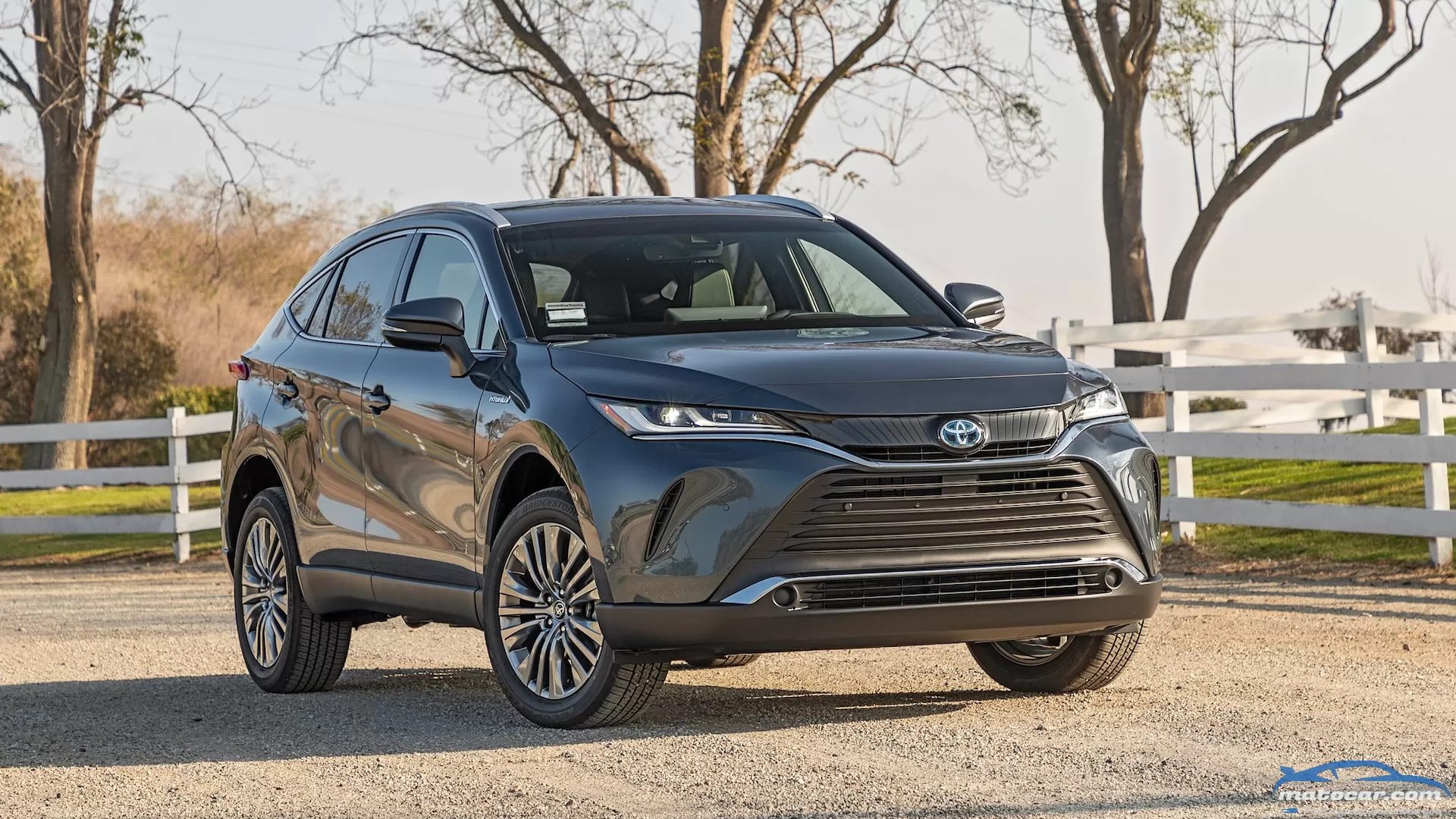
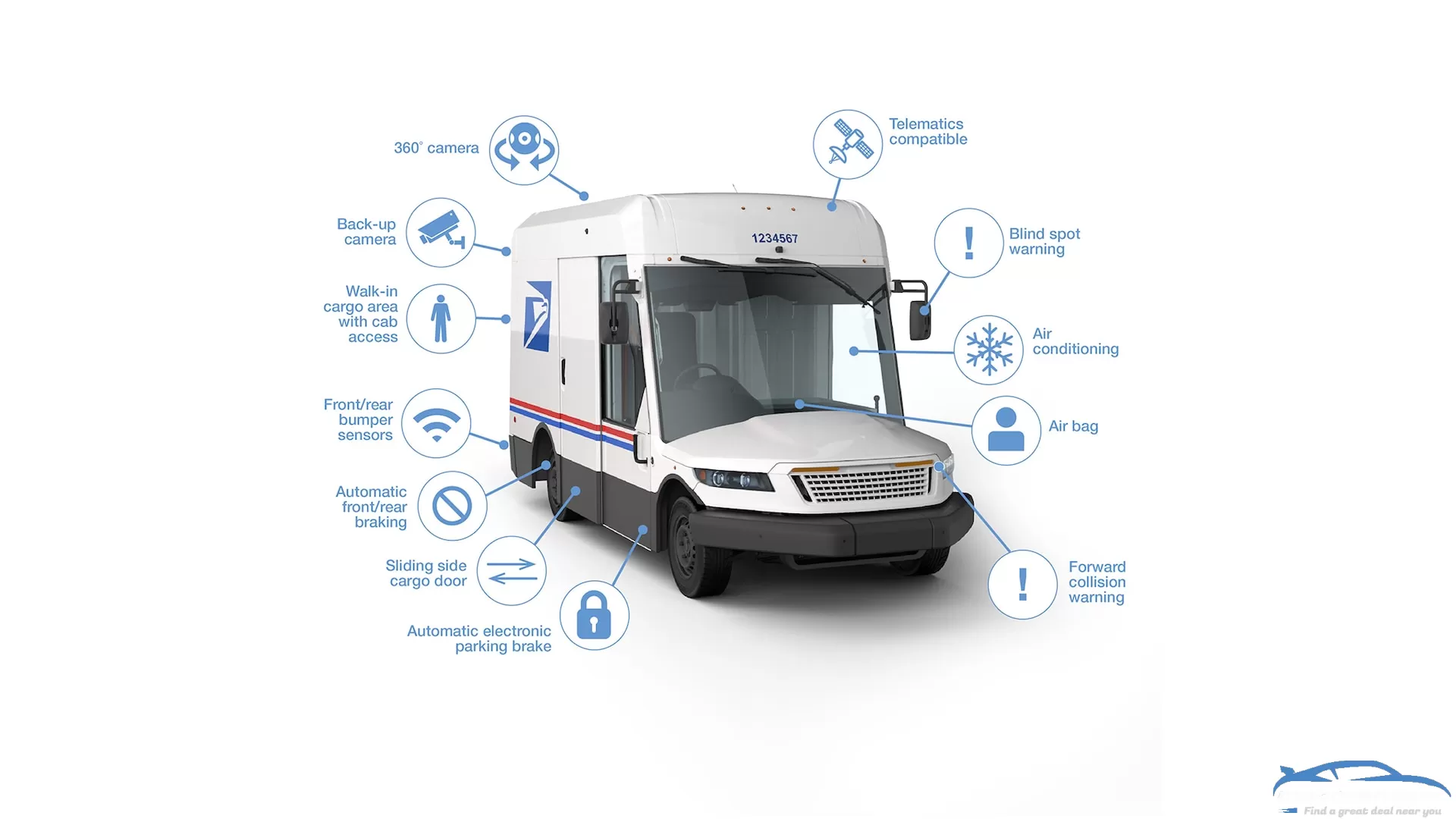
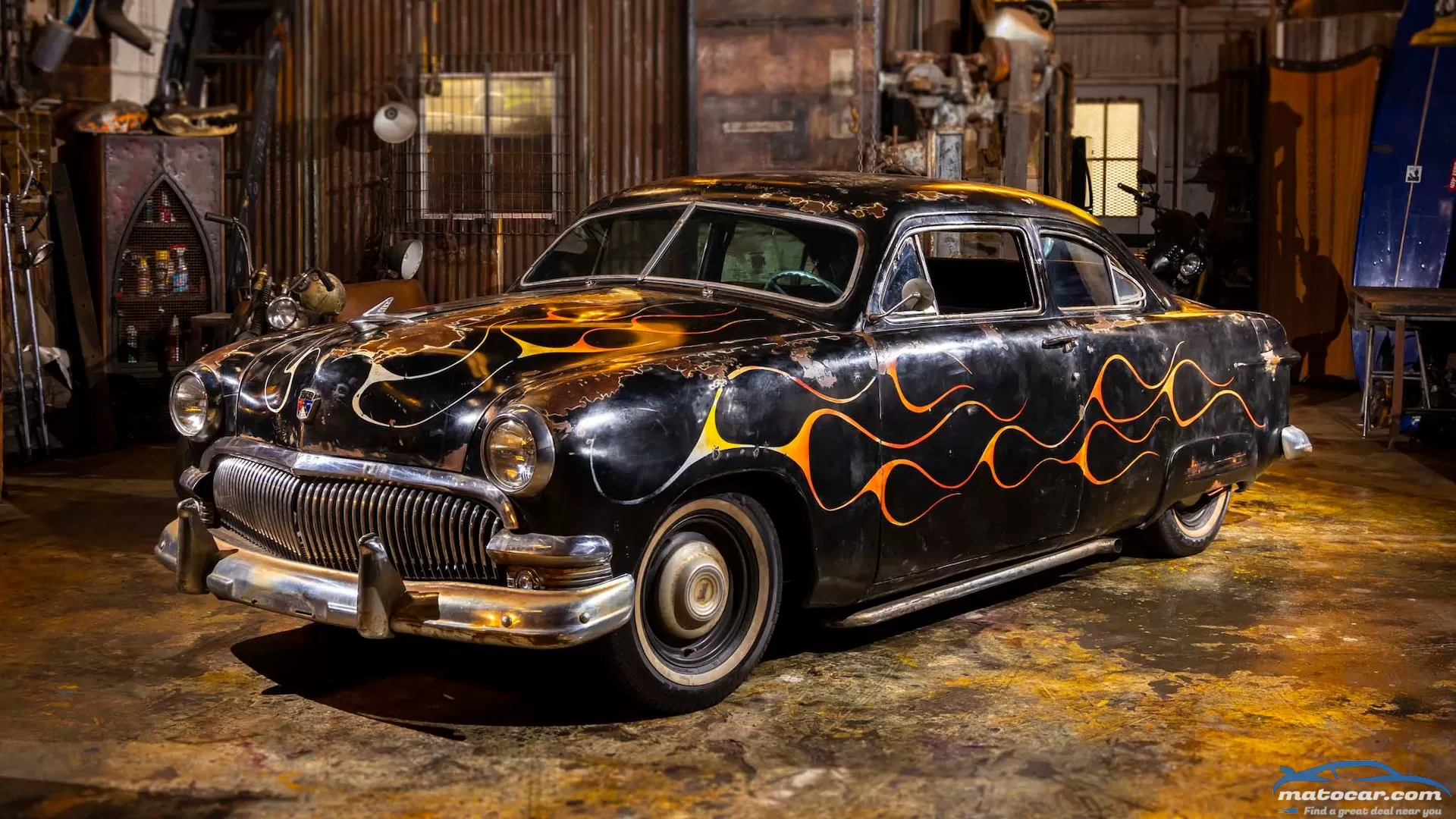
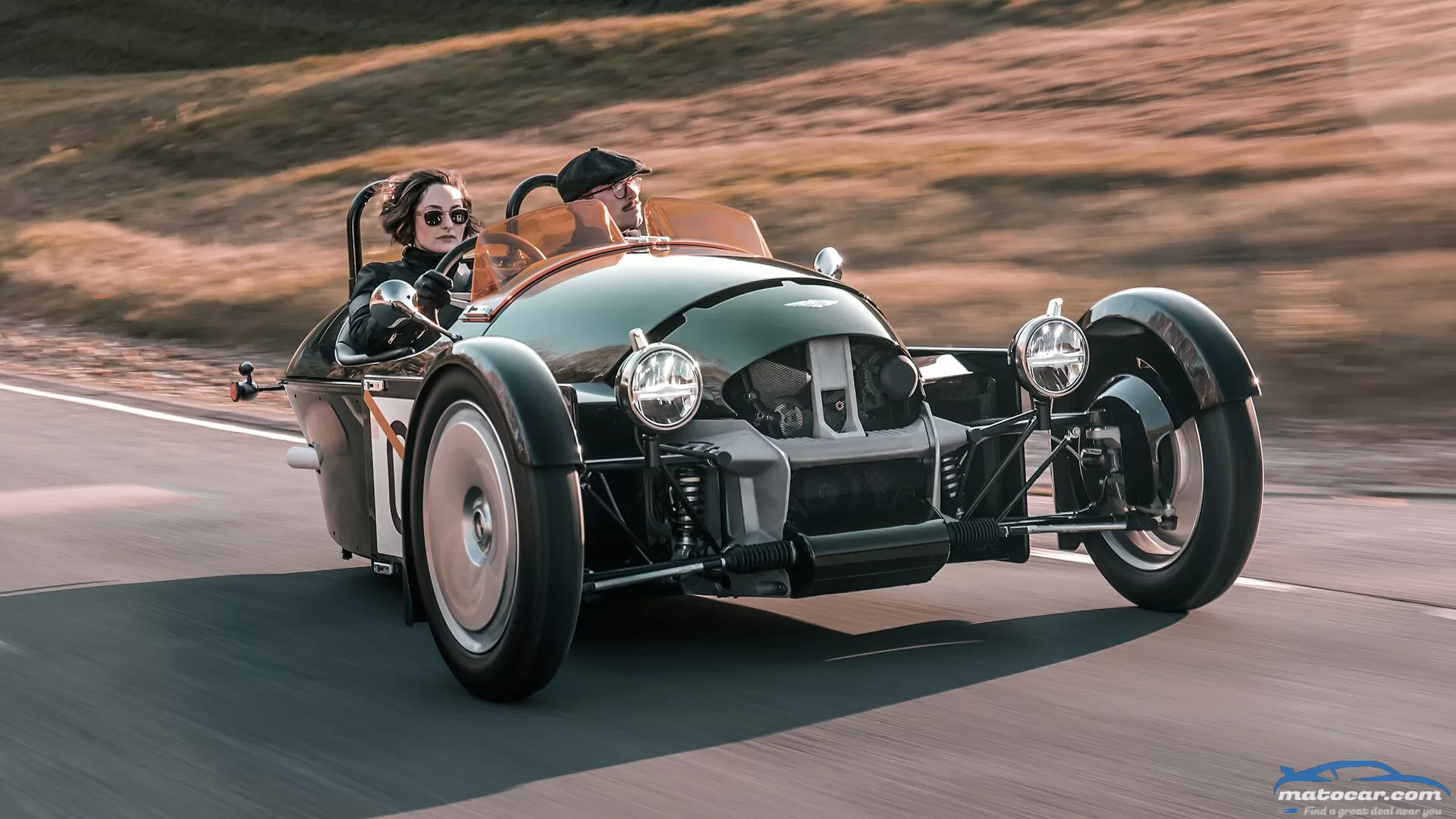

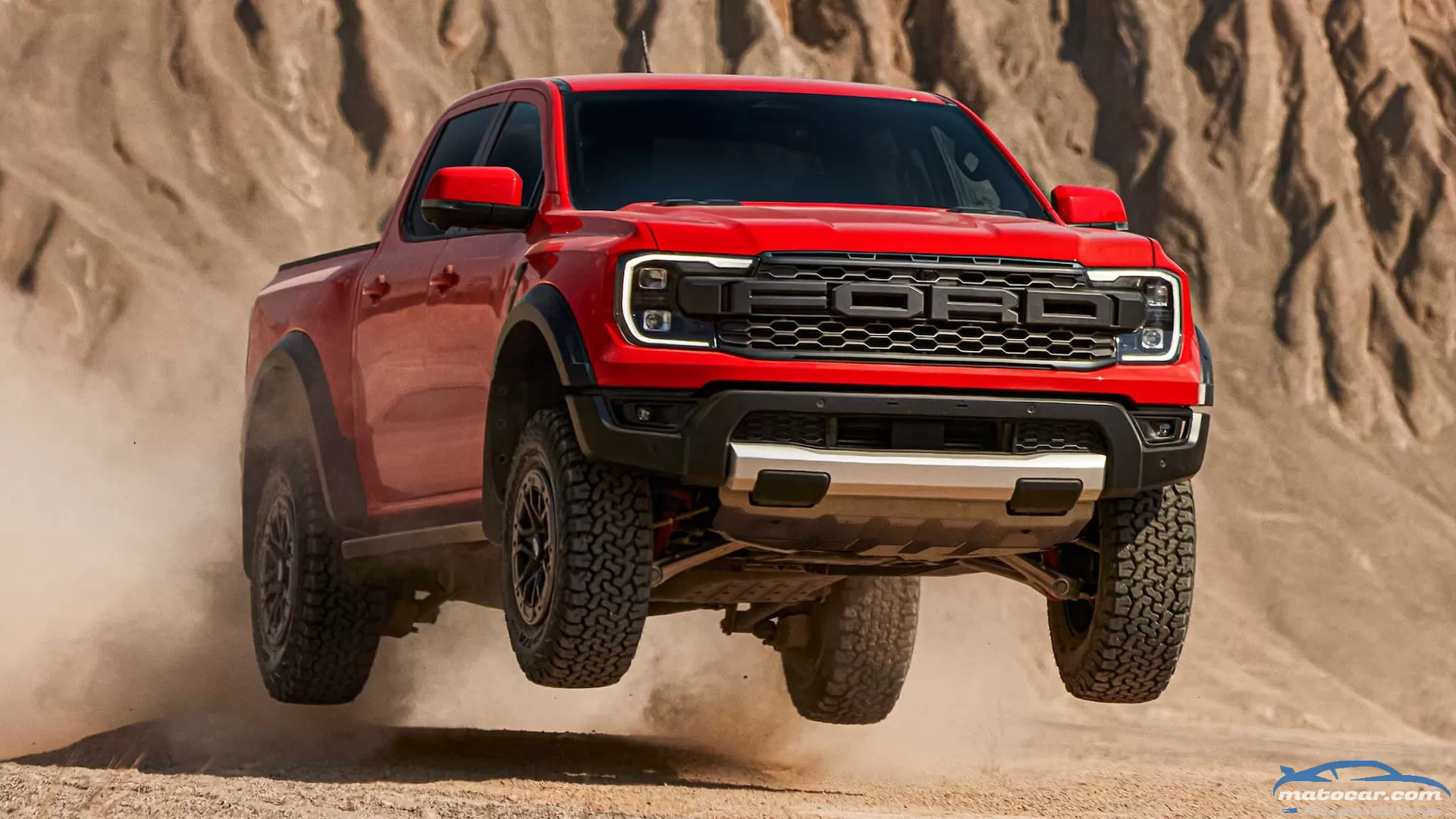
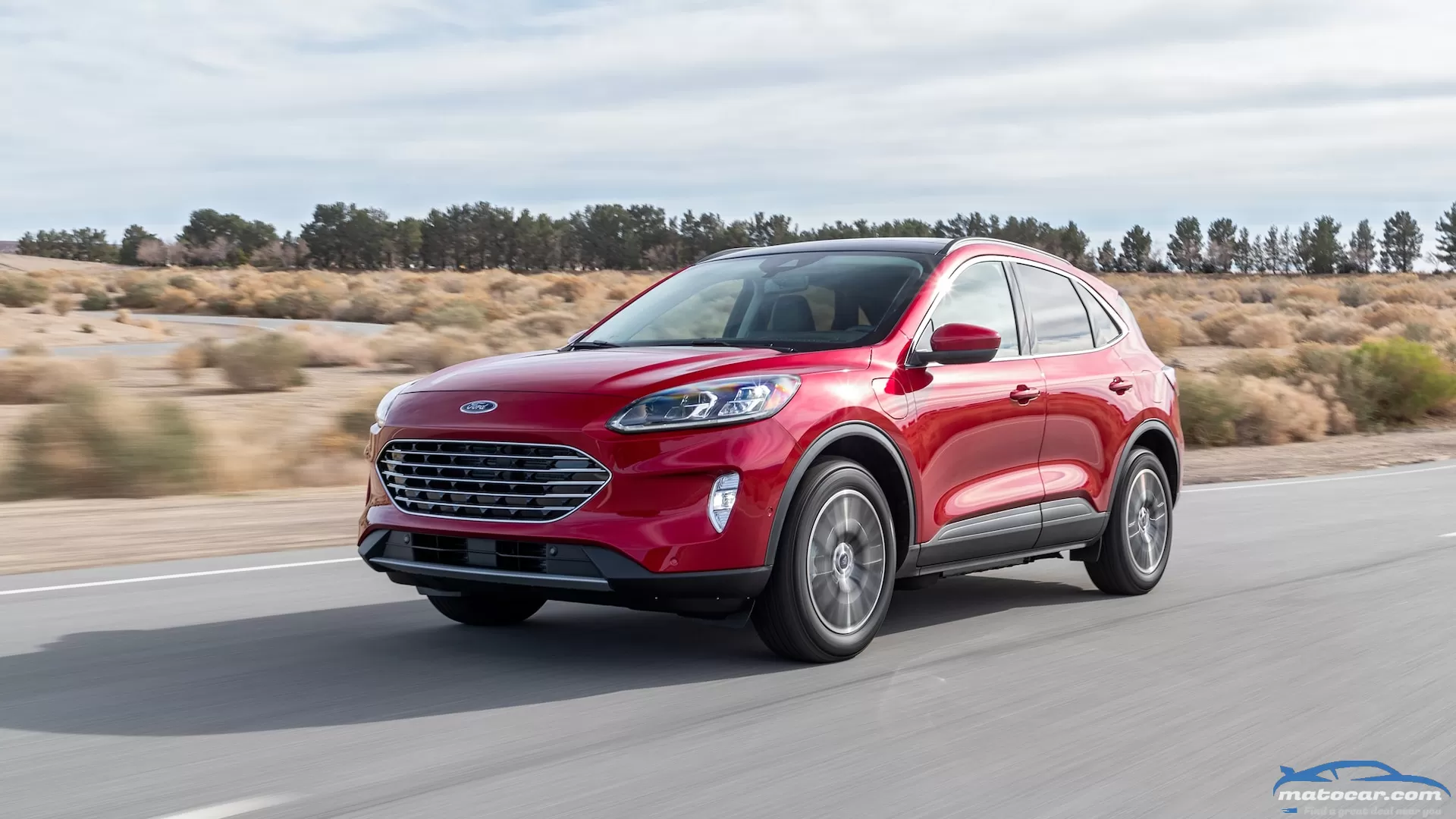
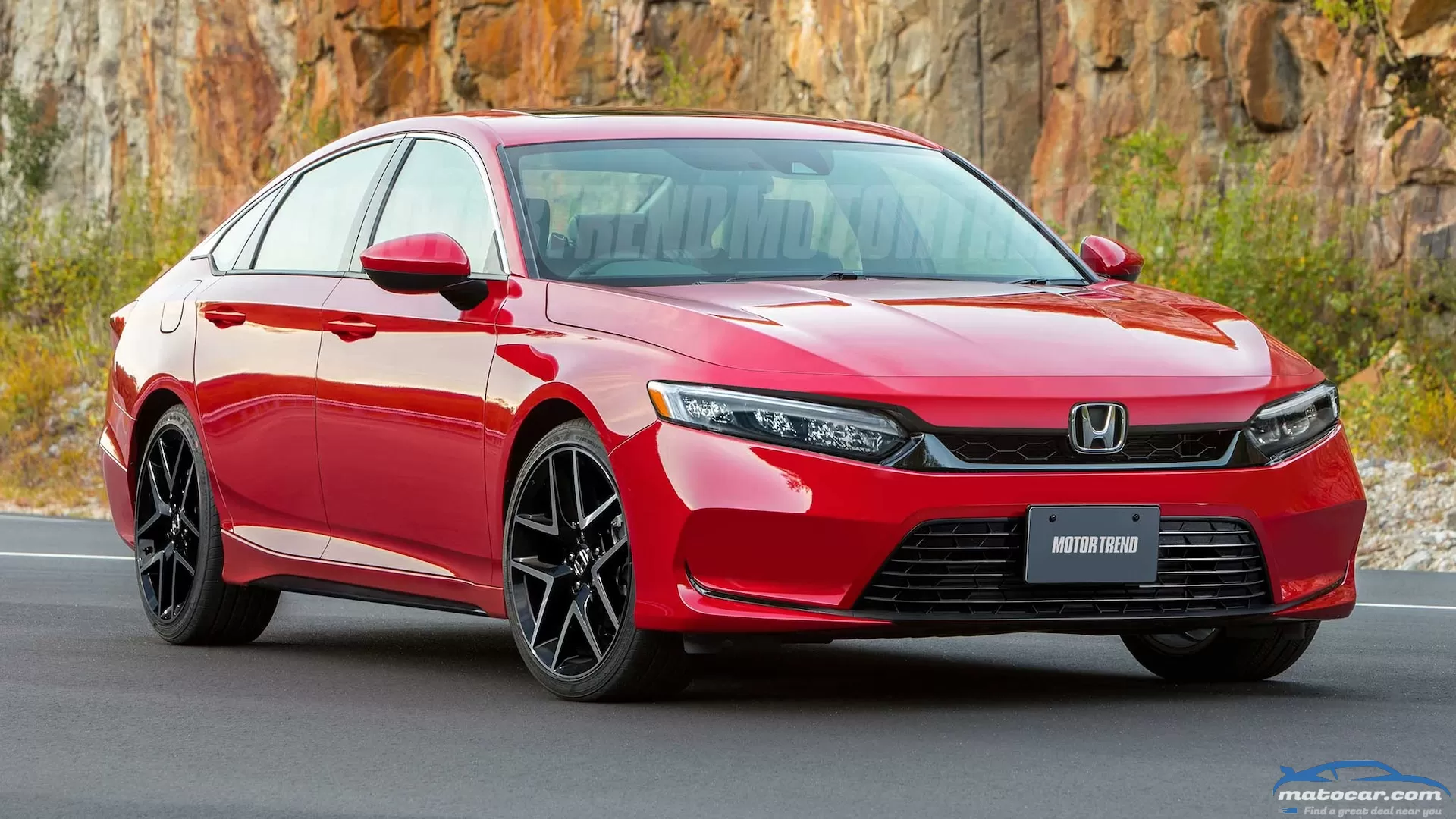
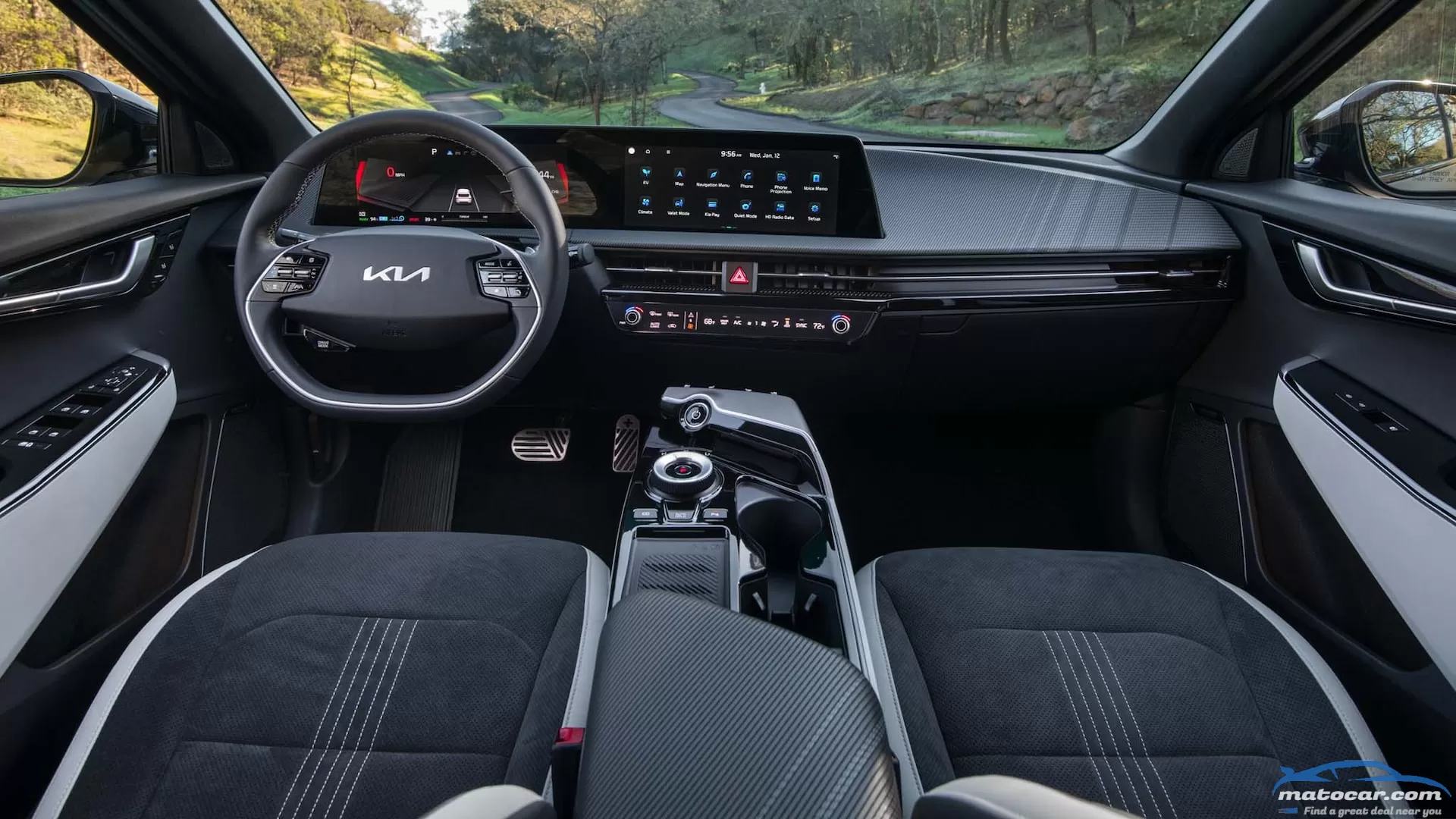

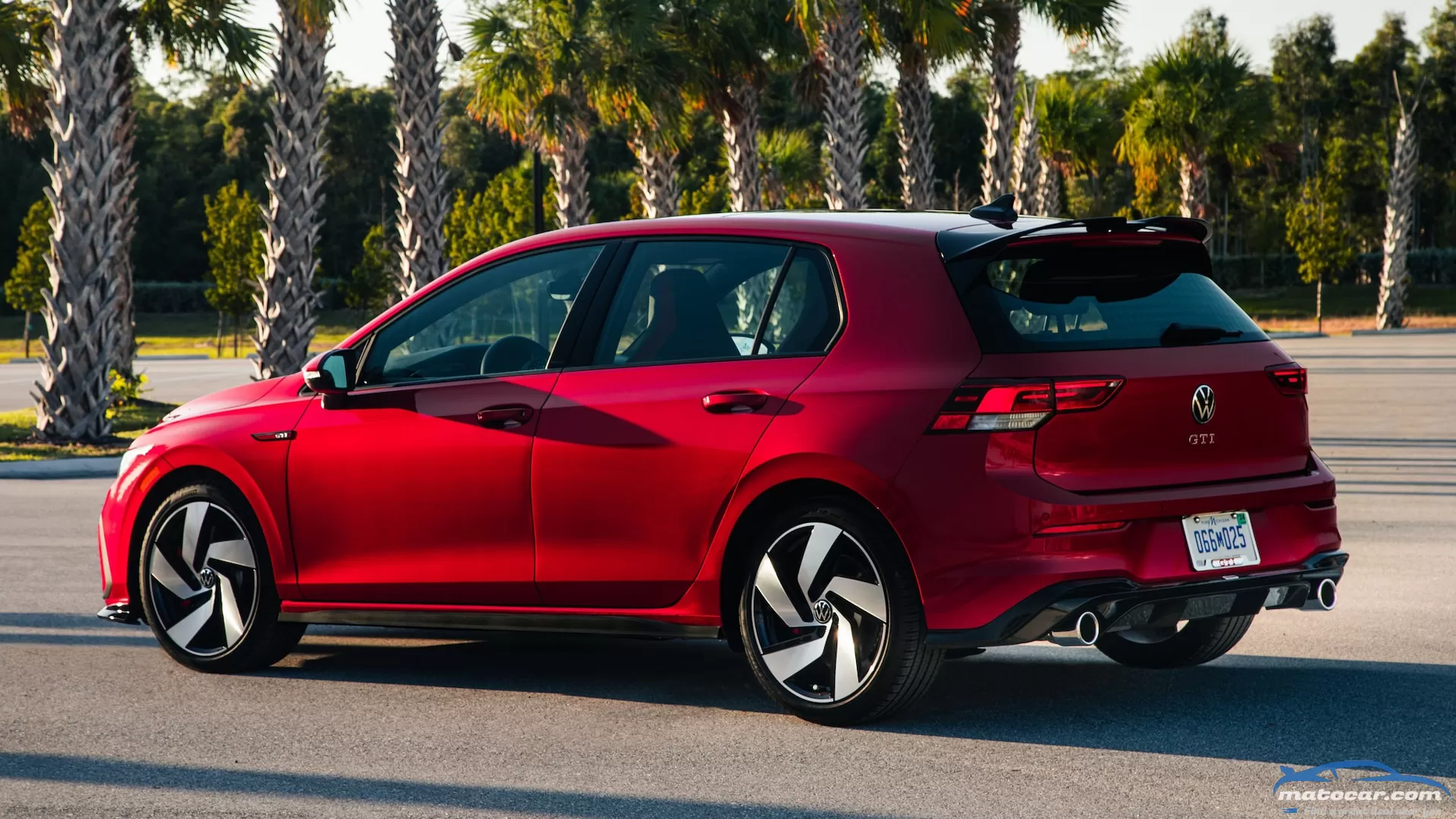
side.webp)